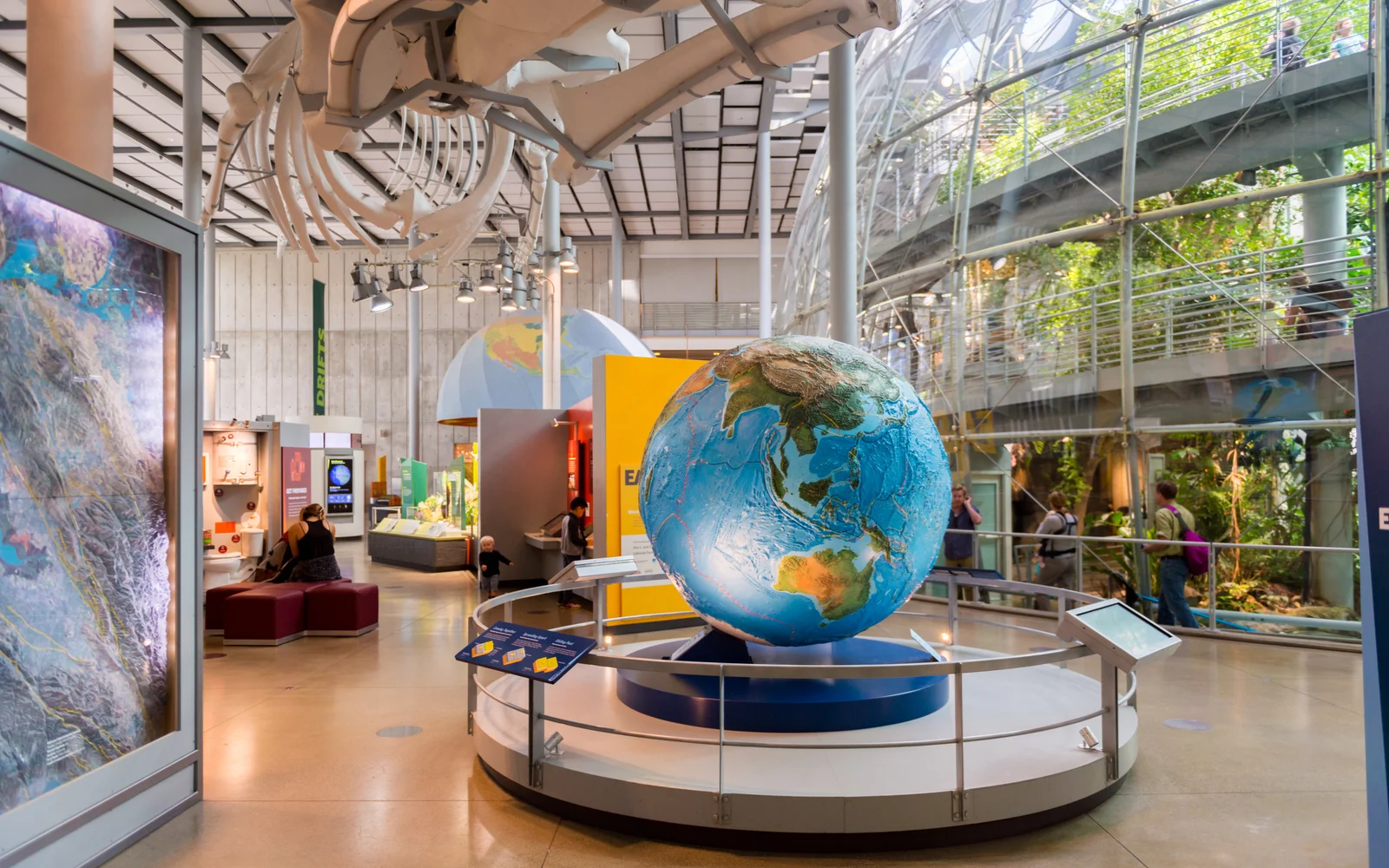Benefiting from the various technological advances, science museums across the country have established themselves as the top tourist attractions.
They deliver immersive and unforgettable experiences that also provide a detailed insight into various topics catering to a broad range of interests.
Whether you are interested in specific scientific areas, have a young family member passionate about dinosaurs, or simply wish to include something both entertaining and educational in your itinerary, consider visiting some of the best science museums in America.
11 Best Science Museums in America in 2026
Most major metropolitan areas are likely to have a science museum, so whether you’re traveling for work or on vacation, there’s something nearby. However, not all science museums are created equal.
We’ve compiled the following list of the top museums in America, what each one has to offer, and, more importantly, why you and your kids will love them.
1. Bishop Museum- Honolulu, Hawaii
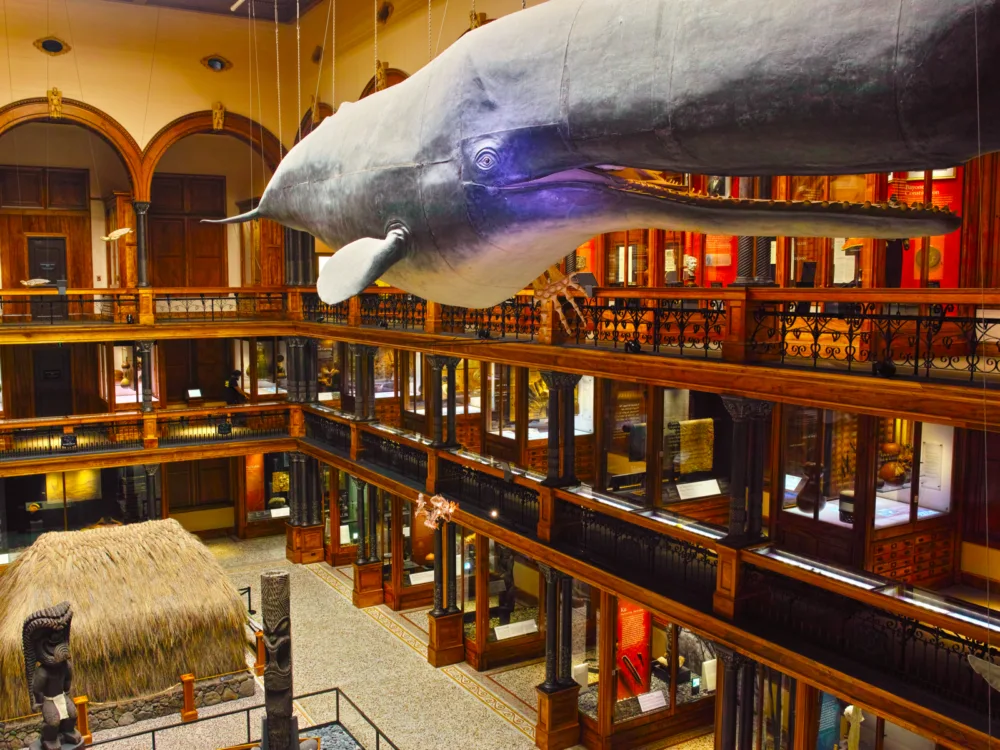
7maru/Shutterstock
If you’re on a Hawaiian vacation and want to learn more about the area, put the Bishop Museum at the top of your to-do list. The Bishop Museum isn’t just science; you’ll find rich exhibits detailing the islands’ history and culture.
The museum features a planetarium for science enthusiasts, the Nā Ulu Kaiwi’ula Native Hawaiian Garden you can walk through, and hands-on exhibits in the Richard T. Mamiya Science Adventure Center.
When it’s time for lunch, grab some authentic Hawaiian dishes at the Cafe by Highway Inn. While not every building on the Bishop Museum campus is mobility friendly, The Planetarium and Science Adventure Center are.
2. The California Science Center- Los Angeles, California
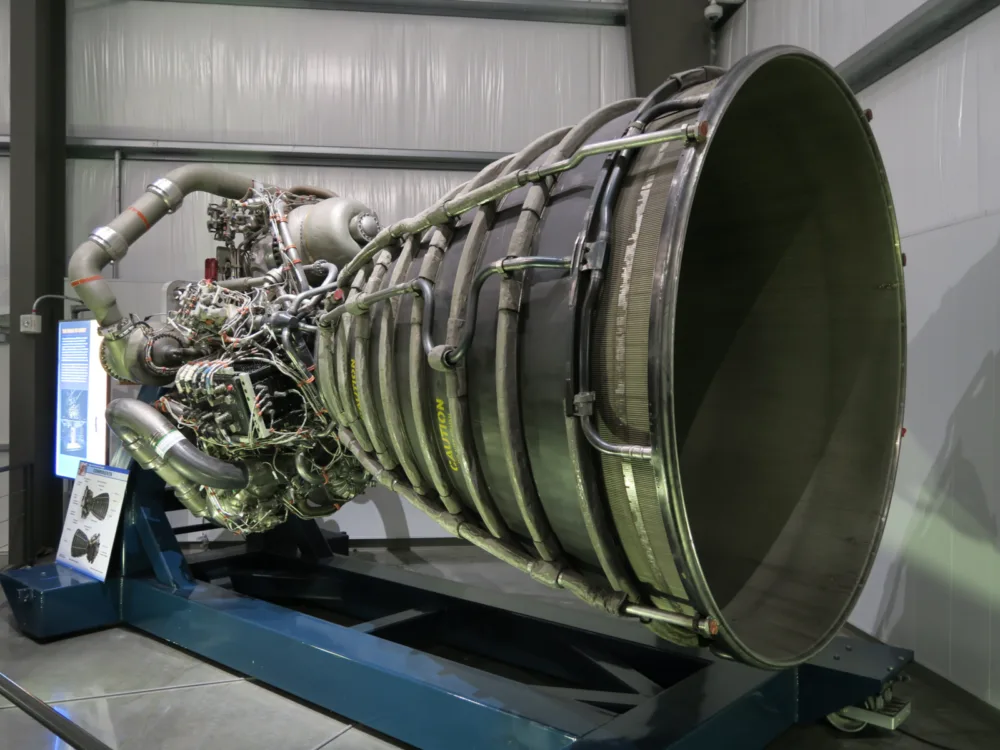
Rick Colls/Shutterstock
The California Science Center, known as ScienCenter, is one of the largest science museums in the country. Located in L.A.’s Exposition Park, the museum is free for permanent exhibits.
Visitors can experience a range of exhibits about fire safety, human biology, earth’s ecosystems, and the air and space above it all.
Kids seven and under will love the many interactive exhibits in the Discovery Rooms. Guests can stop for lunch at the Trimana Grill, Market, and Coffee Bar.
ScienCenter strives to make its exhibits accessible to everyone. Every exhibit and restroom is wheelchair accessible, and elevators provide access to upper and lower floors.
The museum also offers audio and language options like translators, closed captions, and assisted listening devices. Sensory-sensitive visitors can take advantage of this guide provided by the museum.
3. The Center of Science and Industry- Columbus, Ohio
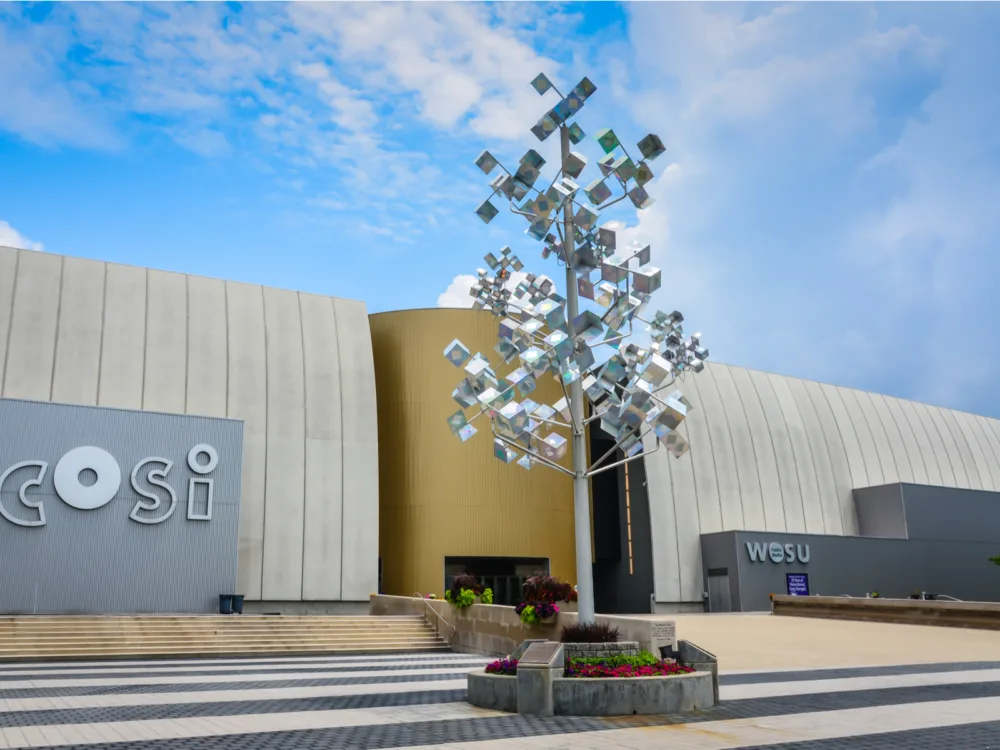
Sandra Foyt/Shutterstock
The Center of Science and Industry, or COSI, currently holds the title of “Best Science Museum in America” by USA Today for the third year in a row. COSI boasts over 300 exhibits, including a planetarium, Dinosaur Gallery, and a hands-on lab.
Here, you can learn all about our universe, from Space to Ocean and everything in between. COSI’s Little Kidspace is specially designed for little learners from birth through first grade.
Kids will get the chance for hands-on learning, plus the space offers a lunch area, vending machines, family restrooms, and a nursing room. Guests can also find food at the Atomic Cafe or grab a coffee from Molecules.
COSI is very conscious of those who struggle with sensory processing, offering guests sensory bags, maps for a sensory-friendly route through the museum, and a calming room for those who need them.
Additionally, wheelchair users can access upper floors via elevator and accessible restrooms throughout the museum.
4. Discovery Place Science- Charlotte, North Carolina
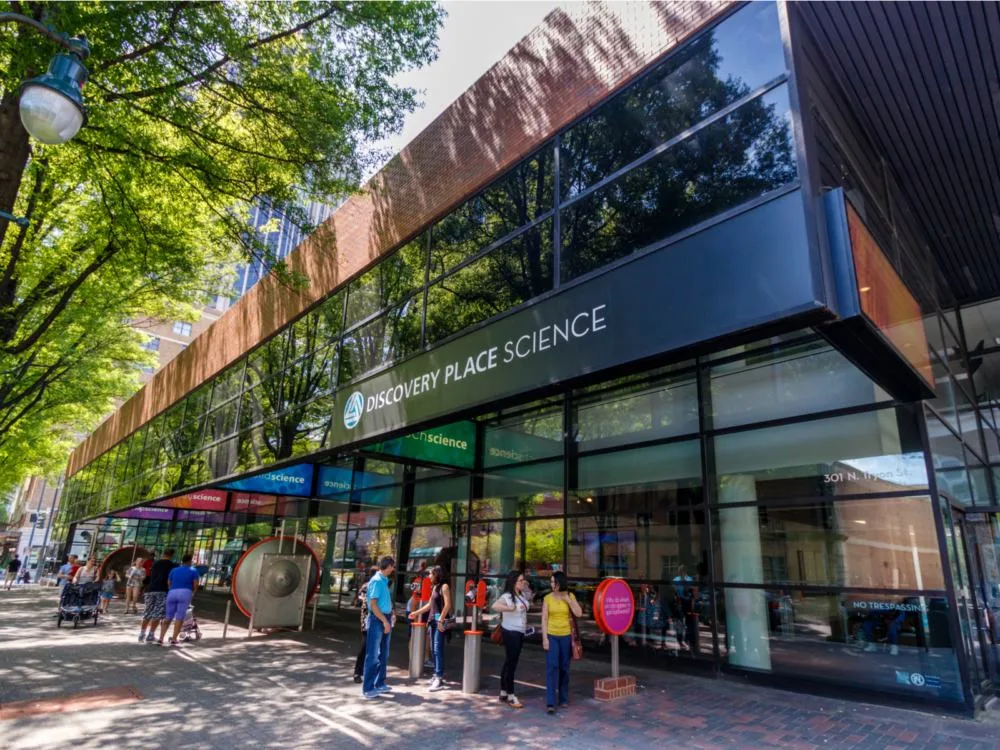
Bryan Pollard/Shutterstock
The family-friendly Discovery Place Science offers tons of hands-on exhibits for all ages. Visitors can get an in-depth education on frogs or visit the area’s only indoor rainforest.
Test out crazy physics experiments or build whatever you’d like while getting a crash course on architecture. Little ones under seven will love exploring the KidScience exhibition, and parents and toddlers can take advantage of the NanoZone play area.
Guests can take a break at the Discovery Place Cafe. Those needing accessibility assistance are encouraged to call or email the museum.
5. Exploratorium- San Francisco, California
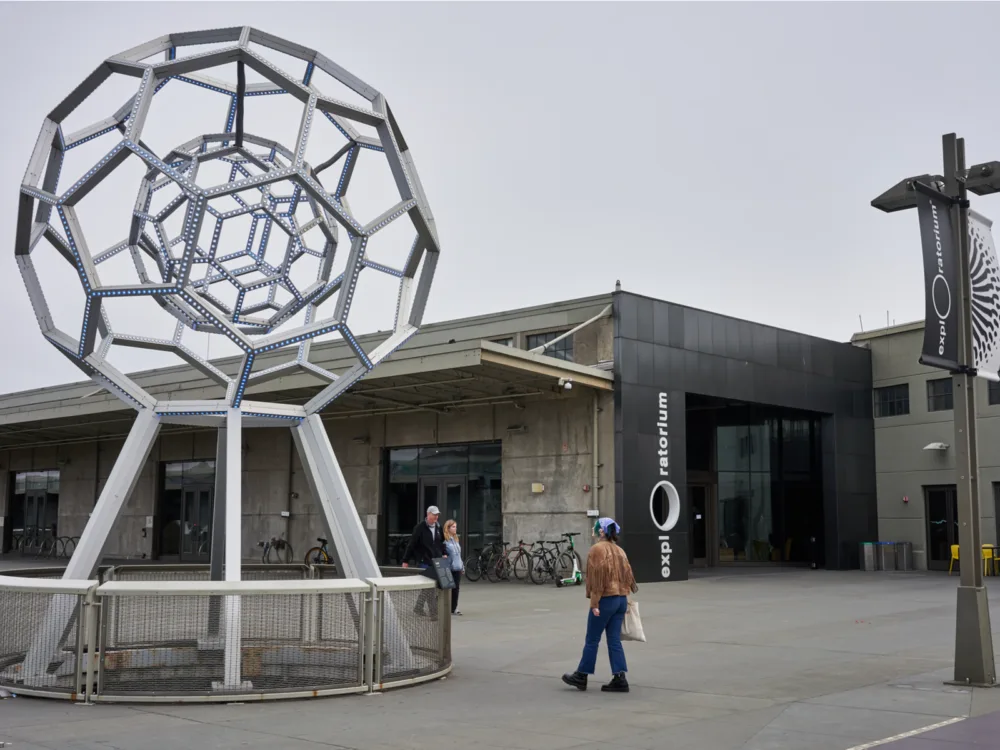
Tada Images/Shutterstock
Exploratorium, located on the Embarcadero in San Francisco, prides itself on its numerous interactive exhibits. Try creating a water vortex, controlling human heart cells, or view the bacterial terrarium.
For a relaxing meal, check out the Seaglass Restaurant. Visiting with squirmy kids? Try the Seismic Joint Cafe instead. Changing tables can be found in all but one restroom on site.
Parents who need to breastfeed or pump can do so at one of the quiet and comfy rest areas or ask to use the First Aid Room if they prefer more privacy.
All exhibitions, stores, restrooms, and dining areas are wheelchair accessible. Visually-impaired guests can request a tactile museum map, and the museum also provides ASL interpreters with advance notice.
6. The Franklin Institute- Philadelphia, Pennsylvania
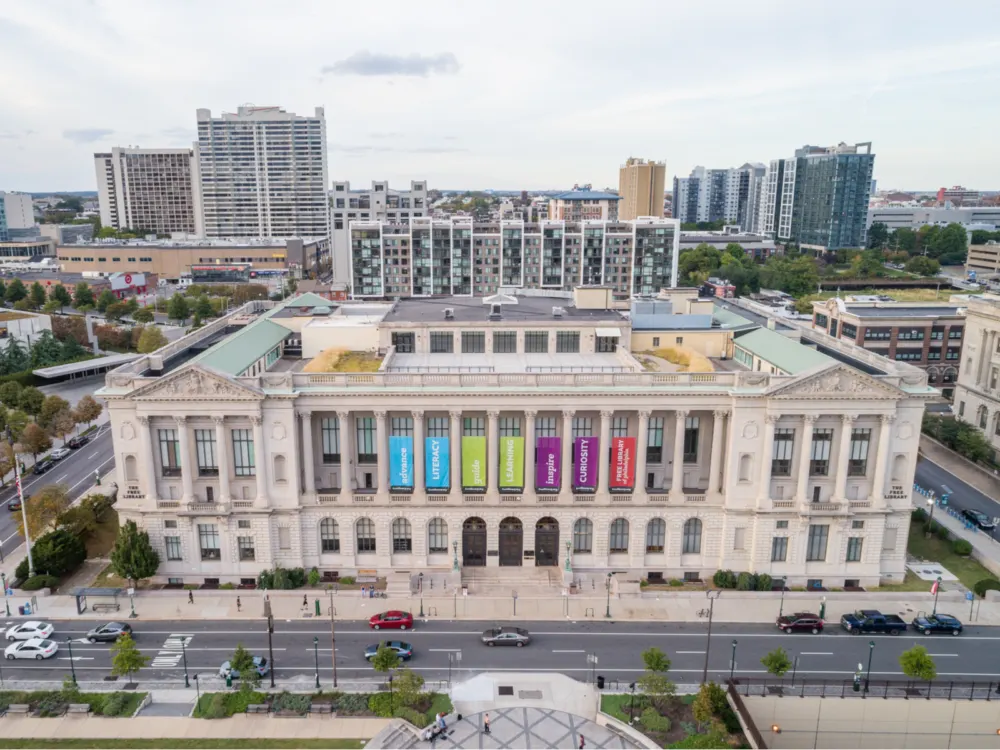
photosounds/Shutterstock
Named for Benjamin Franklin, one of America’s most well-known scientists, The Franklin Institute has provided science education for nearly two centuries.
There’s an electricity exhibit, of course, but also exhibits on the human body, machines, climate change, and physics. The museum also contains a planetarium and the Benjamin Franklin Memorial. On the rooftop, you’ll find the Holt & Miller Observatory.
Visitors can grab lunch at The Eatery or a quick snack or drink at The Cafe. The Franklin Institute provides ramps and elevators for wheelchair users and several accessible restrooms.
The museum also provides several restrooms with baby-changing stations and an infant feeding room. Closed captions, ASL interpreters, and verbal description guides are available, as well as sensory backpacks and sensory alert maps.
7. Great Lakes Science Center- Cleveland, Ohio
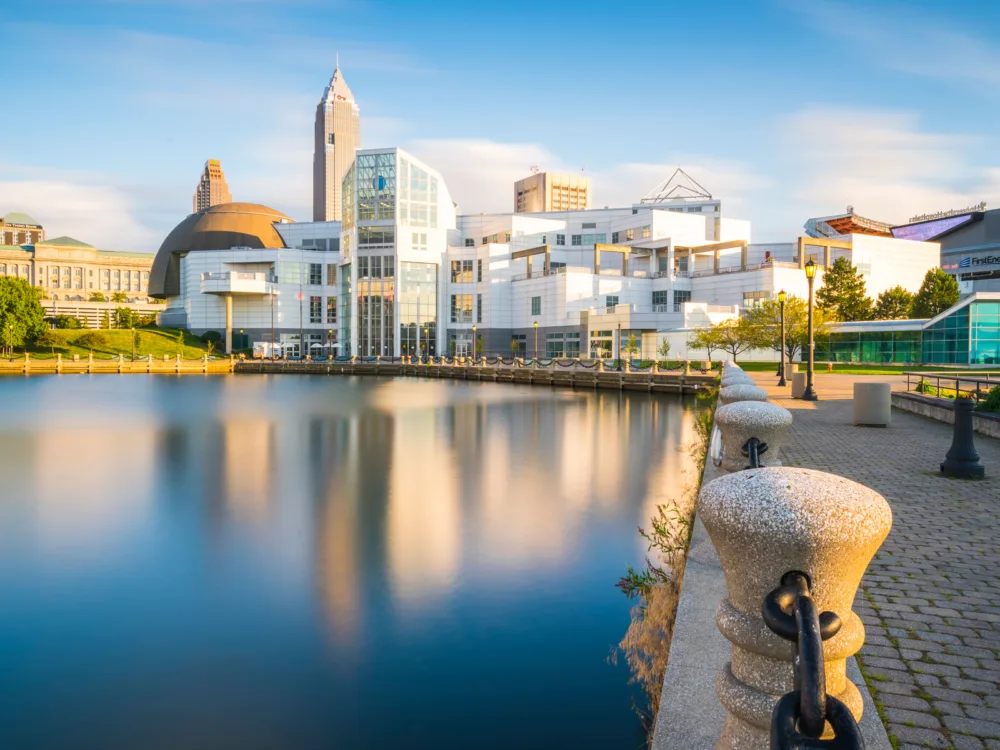
Checubus/Shutterstock
The Great Lakes Science Center offers hundreds of hands-on exhibits for visitors to explore. Some of the more unique exhibits include the biomedical technology exhibit that includes an MRI machine and tours aboard a 1920s Great Lakes freighter ship.
However, the museum’s biggest draw is the NASA Glenn Visitor Center, where visitors not only learn about space exploration but can see the Apollo Command Module from the Skylab 3 space mission.
Ages seven and under will have a blast at the Polymer Funhouse. For the youngest learners, the infant area offers motion and sensory activities. The Spark Kitchen offers a stop for meals and snacks, letting you feed hungry stomachs without leaving the museum early.
8. Michigan Science Center- Detroit, Michigan
In the heart of Midtown Detroit is the Michigan Science Center, a Smithsonian-affiliated museum with over 220 interactive, family-friendly exhibits.
Kids and adults alike will enjoy learning about space, health, physics, and engineering hands-on. The Smithsonian Spark!Lab and the Centennial Lab allow kids to channel their inner scientists with crafts and experiments.
Guests can grab snacks and more at The Science Store, and guests can eat in any of the designated dining areas. All levels of the museum offer family-friendly and gender-neutral restrooms, and the museum offers a nursing room for parents.
9. Museum of Science- Boston, Massachusetts
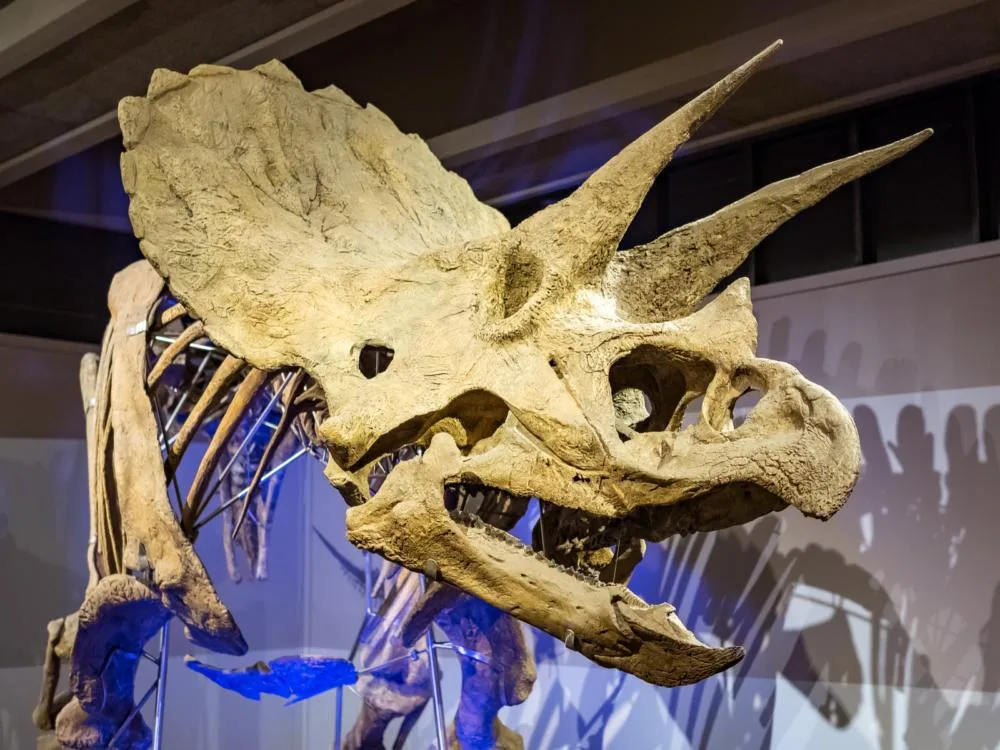
Micha Weber/Shutterstock
The Museum of Science in Boston has exhibits covering various science specialties. Check out the Hall of Human Life to learn about biology, or visit Dinosaurs to view dozens of fossils, including one of a triceratops from 65 million years ago!
The museum also boasts a planetarium, live animals, an insect zoo, and displays on color, space, mathematics, and engineering. Their newest exhibit explores the history and science of vaccines.
While the museum as a whole is family-friendly, children will especially enjoy the Discovery Center and the Live Animal Care Center.
The museum also offers several food and beverage options like a Starbucks, café, and food stations so you can make a full-day trip without worrying about hangry kids (or adults).
The Museum of Science strives to make its museum accessible by offering assisted listening devices, guided tours, and translators. Wheelchair users can take advantage of elevators and accessible pathways, although unfortunately, not every exhibit is wheelchair accessible.
10. Museum of Science and Industry- Chicago, Illinois
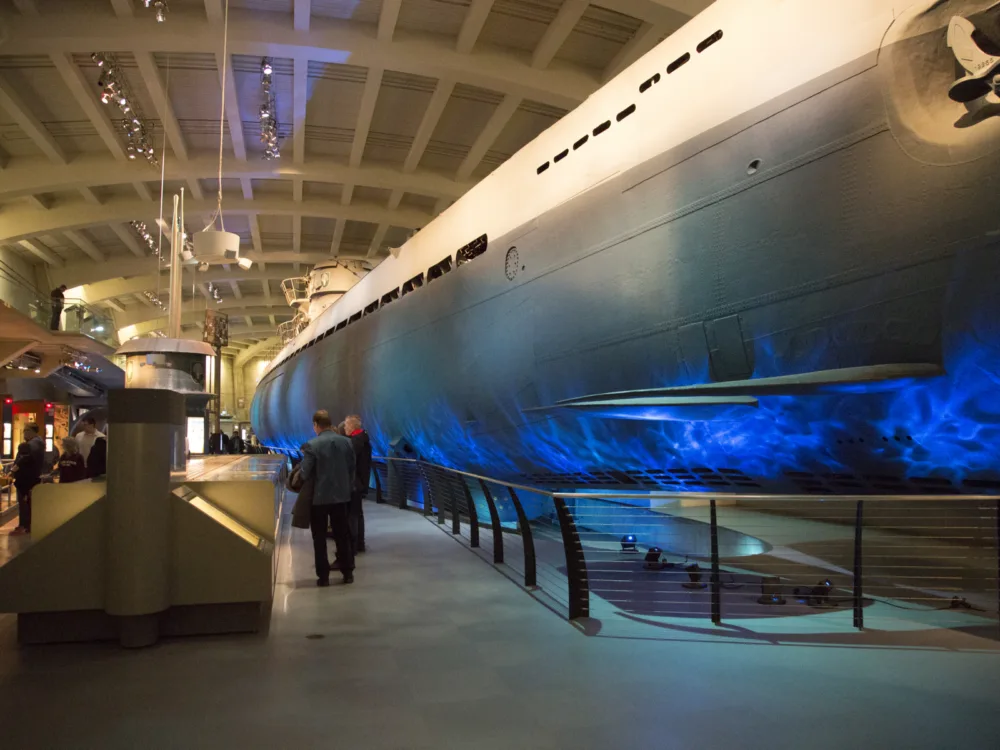
ImagineerInc/Shutterstock
When visiting the Windy City, the Museum of Science and Industry is a must-see. The museum features unique and hands-on exhibits for all ages. Climb inside a 1960’s 747, a German U-505 submarine, or one of America’s first diesel-electric passenger trains.
You can also visit the baby chick hatchery or dissect a cow eyeball. Furthermore, explore Yesterday’s Main Street, a detailed 1910 Chicago street scene, or the dizzying Numbers in Nature mirror maze.
Kids ages ten and under will love the interactive experiments in the Idea Factory. Multiple restaurant options will satisfy even the pickiest of eaters, and those bringing their lunches can take a break at one of the designated seating areas.
All restrooms offer accessible stalls, and wheelchair users should be able to get through most of the museum. However, some simulators and some historical exhibits, like the German U-boat, are not wheelchair accessible.
Interpretation services and sensory accommodations are available, and those who want privacy while breastfeeding or pumping can take advantage of the nursing room.
11. National Air and Space Museum- Washington D.C.
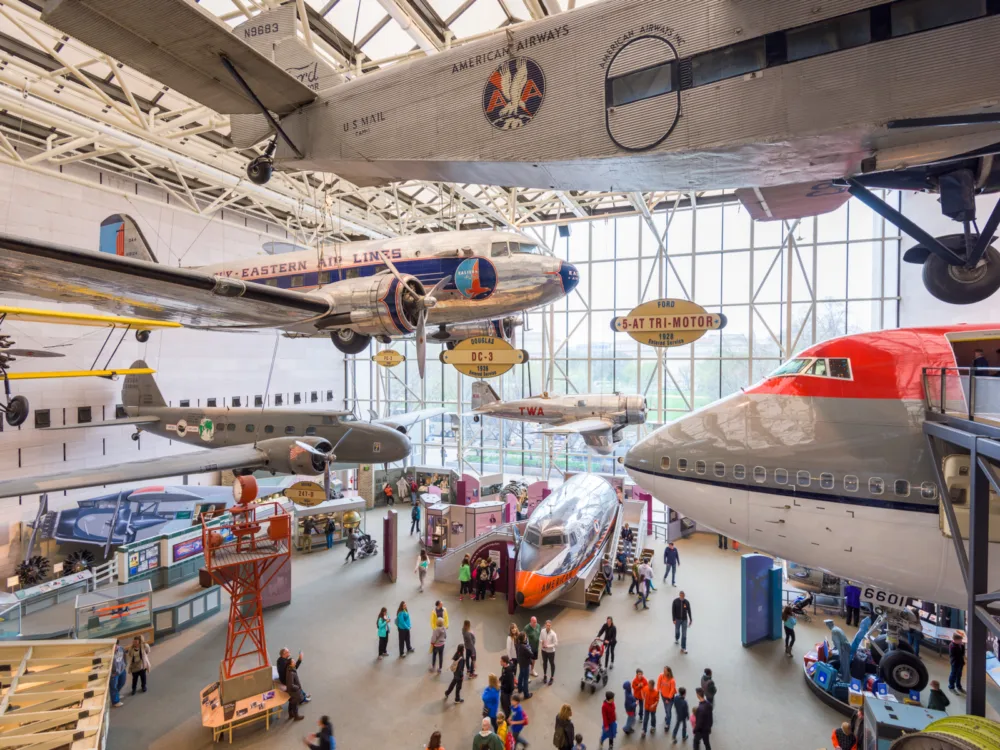
Sean Pavone/Shutterstock
One of the more adult-oriented museums on this list, the National Air and Space Museum is one of many Smithsonian museums in Washington, D.C.
The Air and Space Museum spans two buildings, with the main campus in D.C. and the Steven F. Udvar-Hazy Center in Chantilly, Virginia. The main museum is undergoing a massive renovation, with plans to be open to the public toward the end of 2022.
When it reopens, it will feature 23 reimagined exhibits with over 1,400 new pieces on display.
Visitors will be able to learn not only the science of air and space travel but also the history, with displays about the moon landing and the Wright Brothers’ first flights.
Things to Consider
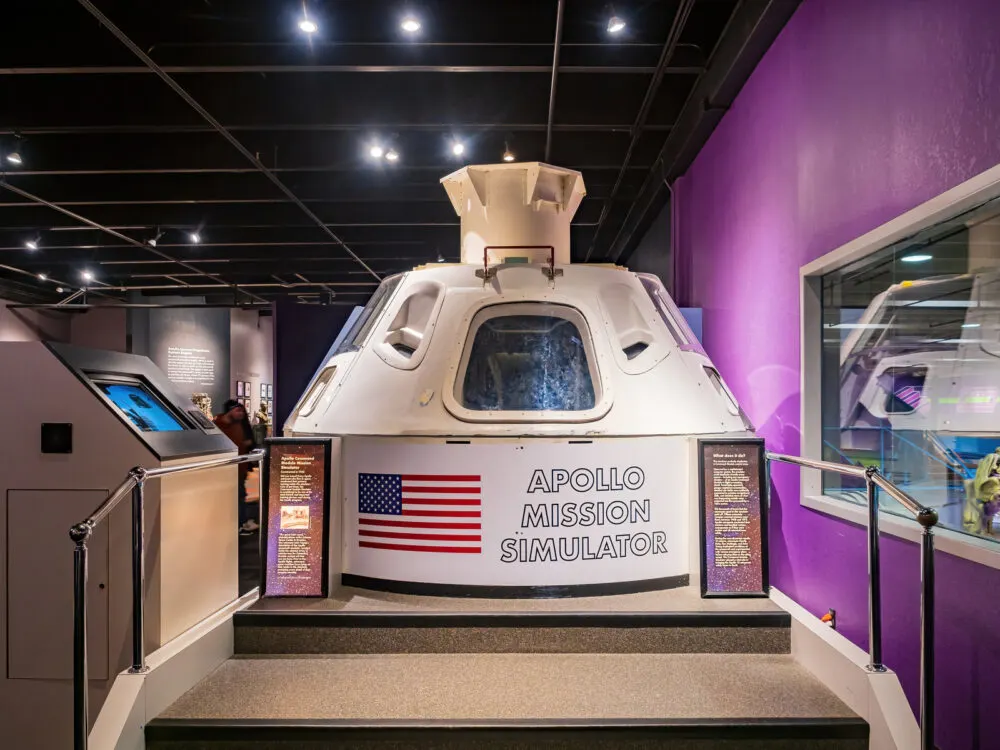
Kit Leong/Shutterstock
Before hopping in your car and heading to the museum, there are a few things you’ll want to think about ahead of time.
- Purchasing tickets ahead of time. Many businesses continue to limit the number of visitors they see at one time to lower COVID risks. Some may request or require you to purchase your ticket and a time slot before visiting.
- Bringing kids. Some of the museums on this list are much more family-friendly than others. Before packing up the whole family, consider if your kids will be entertained enough or if there are exhibits that you’d rather see without the little ones.
- Parking. Parking can be very different depending on a museum’s location. Check the website ahead of time so you know where you’re supposed to park and if you should plan to pay for parking or need to walk.
- Accessibility. Many of these museums do their best to make things as accessible as possible. However, that doesn’t mean that all exhibits are fully accessible to everyone. Often the websites will have accessibility information for those that need it.
- Timing. Some museums may have times that are much quieter than others. If you or your family prefer a calmer visit, check the website or the museum’s Google business listing for the busiest and least busy times to visit.
- Exhibits. Many museums have exhibits about similar topics, but some museums may have exhibits that are totally unique. Consider what topics you’re most excited to learn about before choosing which museum to visit.
Frequently Asked Questions
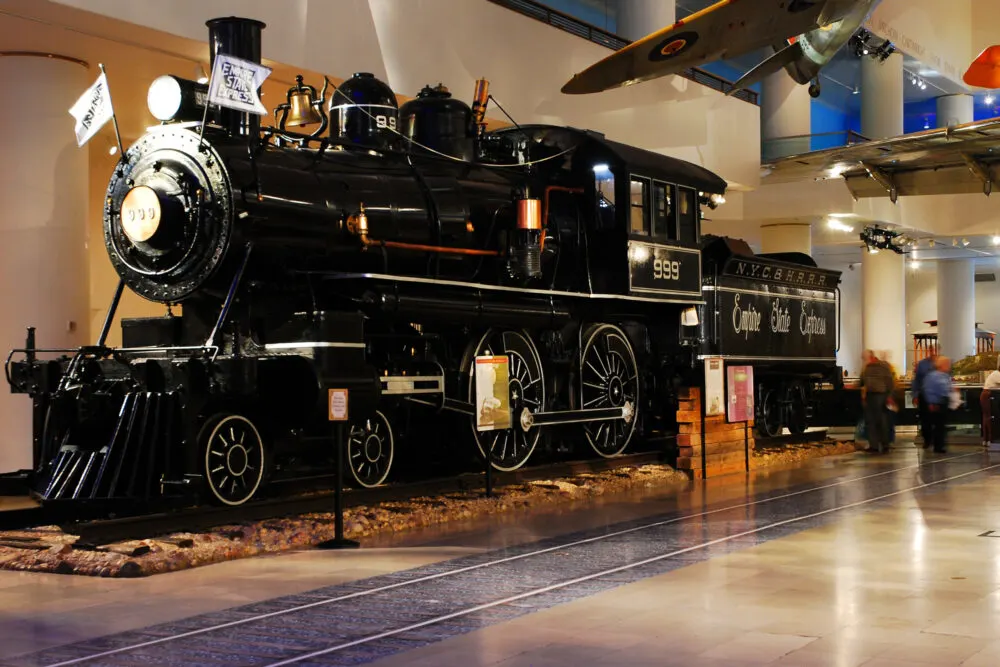
James Kirkikis/Shutterstock
The following are some of the most frequently asked questions pertaining to the museums in America.
Do science museums charge for admission?
Some museums do, but not all. Check the museum’s website for pricing. They may even offer deals for slower days.
What’s the biggest science museum in the United States? And in the world?
The Smithsonian Air and Space Museum in Washington D.C. is technically the largest science museum in America. However, the exhibit space is only 160,000 square feet, while the additional hangar space adds 700,000 extra square feet.
Aside from that, the California Science Center in L.A. comes in at 425,000 square feet. The largest science museum in the world is the Deutsches Museum in München, Germany. It sits on its own island and stretches 785,765 square feet.
Do all museums have planetariums?
Not all museums have planetariums, but many do! Check the museum’s website to determine if they offer a planetarium and if the hours are the same as the museum’s.
Which Science Museum Will You Visit?
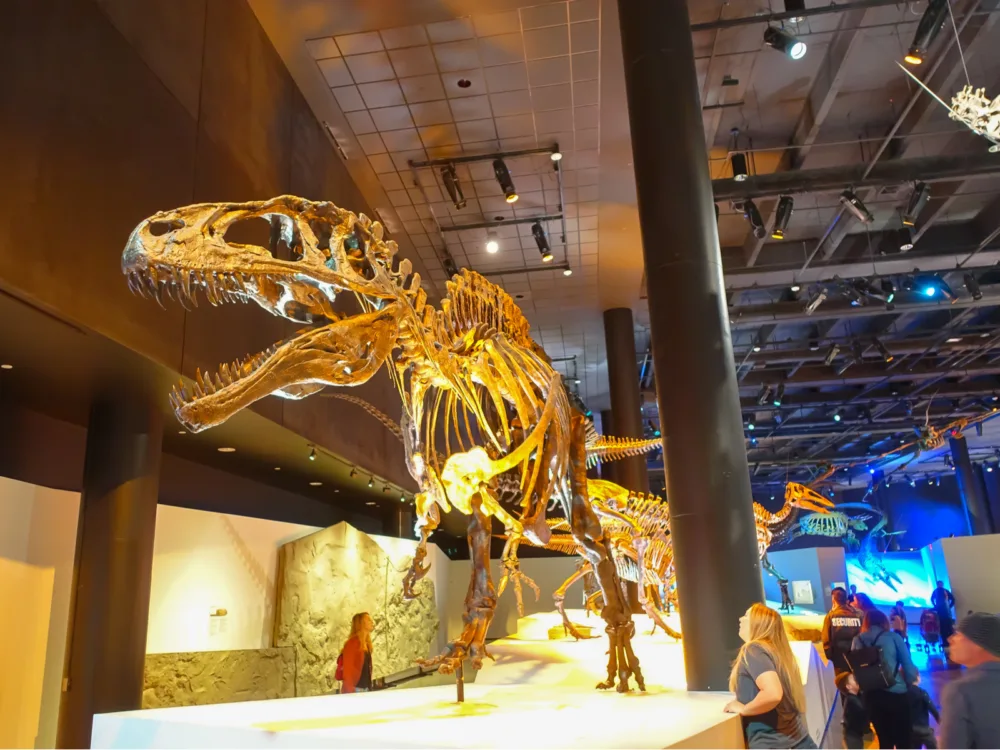
Fotos593/Shutterstock
There are some fantastic science museums in all corners of the United States, and each has impressive exhibits. So whether you want to learn about space or the ocean, animals or the human body, physics or chemistry, you’re sure to love the museums on this list. Happy travels!



